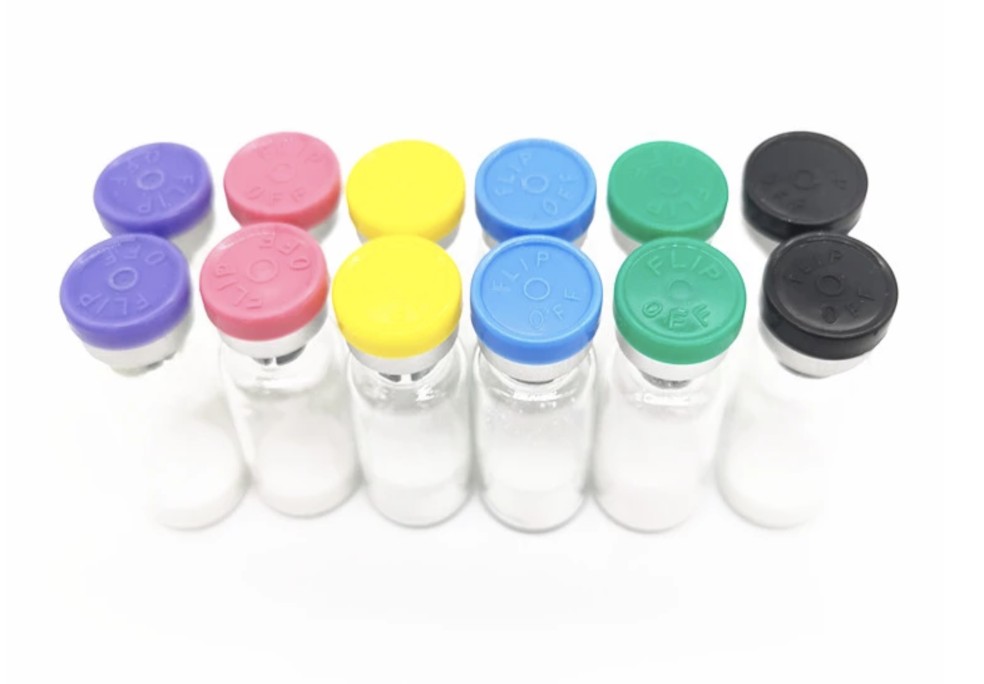nombre del producto: Dihexa
No CAS: 1401708-83-5
Molecular Formular: C27H44N4O5
Peso molecular: 504.66
EINECS: 227-005-2
Escribe: Peptide APIs
Apariencia: Polvo
Pureza: 99.9%
Dihexa (developmental code name PNB-0408), also known as N-hexanoic-Tyr-Ile-(6) aminohexanoic amide, is anoligopeptide drug derived from angiotensin IV that binds with high affinity to hepatocyte-growth-factor and potentiates its activity at its receptor, c-Met. The compound has been found to potently improve cognitive function in animal models of Alzheimer's disease-like mental impairment. In an assay of neurotrophic activity, Dihexa was found to be seven orders of magnitude more potent than brain-derived neurotrophic factor.
According to a patent, "Short duration safety studies with Dihexa have uncovered no apparent toxicity. Of particular note is a lack of neoplastic induction, since c-Met is recognized as an oncogene. This is unsurprising sinceoncogenesis requires multiple mutations including both oncogene induction and tumor suppressor attenuation."
Dihexa dramatically improves cognitive function in animal models of Alzheimer's disease-like mental impairment. In an assay of neurotrophic activity, Dihexa was found to be seven orders of magnitude more potent than brain-derived neurotrophic factor.These statements have not been evaluated by the fda and are not intented to diagnose, treat, cure or prevent any disease.
This depends on your body weight. All of the research carried out so far has used rodent studies, the rats and mice are usually injected with an effective dosage thought to be around 10 μg (mcg) per KG, in humans this is thought to be around the equivalent loading of 1.6 μg per KG in humans, so if you are:
60 KG (132 lb.) then your ideal daily oral dose would be 96 μg (mcg)
70 KG (154 lb.) => 112 μg
80 KG (176 lb.) => 128 μg
90 KG (198 lb.) => 144 μg
Secuencia:Hexanoyl-Tyr-Ile-Ahx-NH2
Apariencia: polvo blanco
Pureza (HPLC):≥98,0%
impureza única (HPLC): ≤2.0%
Contenido de acetato(HPLC): 5.0%-12.0%
Contenido de agua (karl fischer): ≤10,0%
Contenido de péptidos: ≥80,0%






















